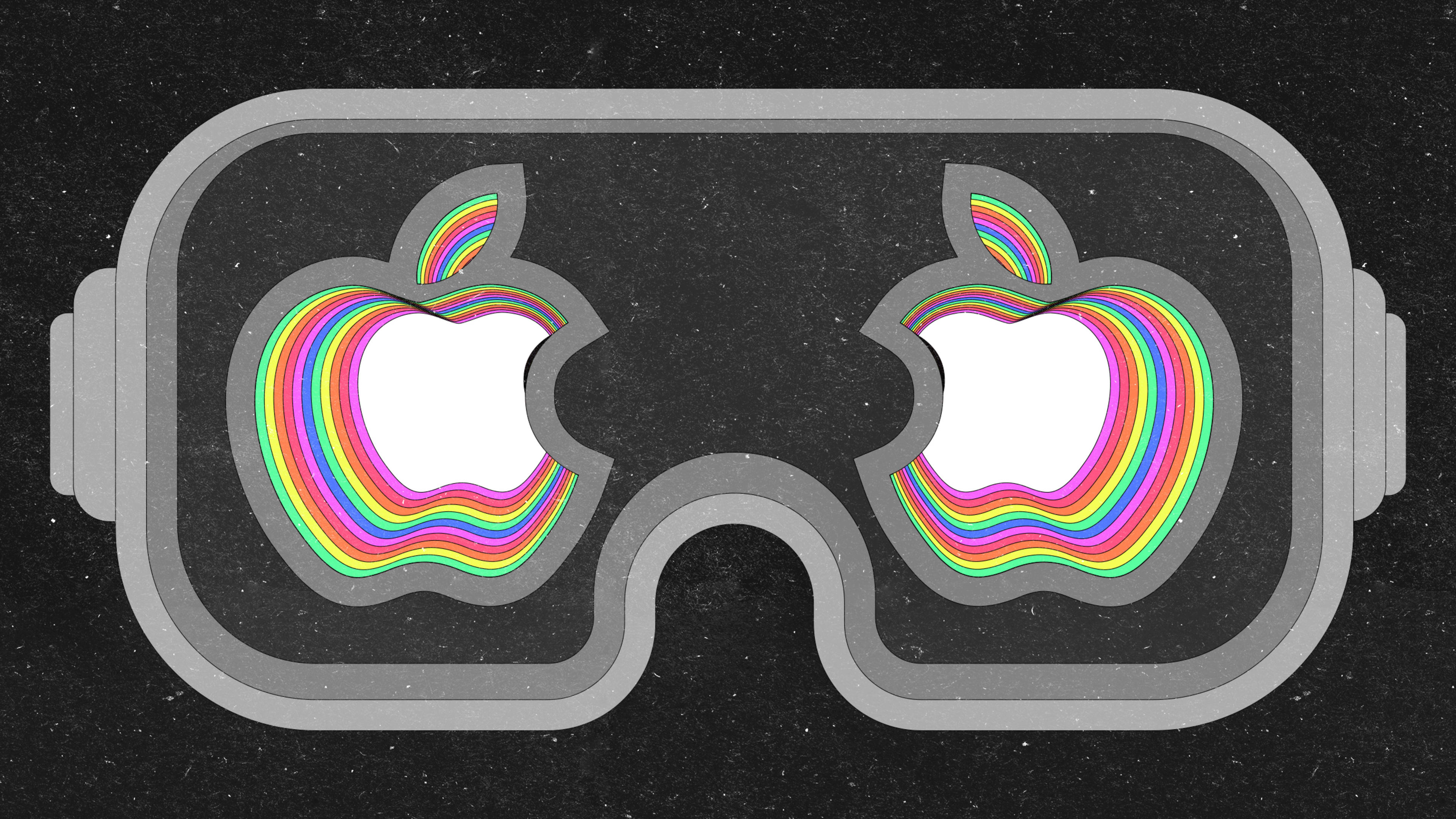Branded is a weekly column devoted to the intersection of marketing, business, design, and culture.
Few companies are as good at stoking and cultivating hype around product releases as Apple. What’s the secret? Maybe it’s secrecy. Or at least highly considered timing around formally announcing the newest new thing. Apple’s hype management is incredibly disciplined, and part of that is knowing when to say nothing at all.
Consider the contrast between the way Apple and Meta are handling their respective metaverse virtual reality initiatives. To the extent that we know anything about what Apple is up to, it’s via third-party digging and rumors. The reigning speculation is that the company might release its own virtual/augmented reality headset next year, and Bloomberg recently reported that Apple job listings indicate the company is looking for engineers with various virtual reality hardware and software skills, including “the development of a 3D mixed-reality world.” Apple reportedly doesn’t like the term “metaverse,” but this was interpreted as more proof that Apple will directly take on Meta and other VR/AR competitors. Apple offered no comment on this assertion.
The former Facebook, meanwhile, has taken a rather different approach of course, noisily announcing that it is reorienting its entire business model around the metaverse, and indeed renaming itself Meta just so nobody misses the point. It didn’t tie this to some breathtaking unveiling—an iPhone-debut moment—but waved in the general direction of the future: This metaverse thing is gonna be a big deal . . . some day. And we’re on it! (A side effect was a lingering impression that the company has practically given up on its languishing ad business.) This combination of hype-y soothsaying and vague payoffs has resulted in steady mockery of the unimpressive results so far. It has also helped drive Meta shares to about a third of their value a year ago.
Another comparison point is what might politely be called Elon Musk’s transparent approach to steering Twitter: Constant thinking out loud about potential product features, pricing structures, revenue streams, the core business model, etc. This public musing has no discernible payoff, often results in public exposure of failures to execute, and has lately helped make the brand synonymous with chaos, not innovation.
Meanwhile, the burst of free publicity Apple just enjoyed for listing job openings without any public comment, let alone fanfare, is just the latest, almost routine example of how the company seems to generate hype partly by keeping its mouth shut.
A legacy of secrecy has, in effect, inspired a legacy of informed speculation and borderline rumor mongering. Right now, the site MacRumors tells us that in addition to the AR/VR headset project, Apple is believed to be working on a foldable version of the iPhone and even an autonomous “Apple Car,” as well as more iterative developments like a larger-screen iMac and new Mac Pro. It’s precisely because Apple always seems to have something going on behind the scenes that there’s a market for Apple info scraps. So, even when the company applied for a patent for the pizza box it uses in its corporate cafeteria, it was news.
The speculation doesn’t always come true. Past rumors have included a 50-inch Apple plasma TV, digital cameras, a game controller, and so on. But trying to guess what Apple will do next is practically a tech-obsessive parlor game. There are even people who dream up renderings of completely imaginary potential Apple products.
One of the reasons Apple’s tight-lipped approach actually gins up hype is that, when the time comes, the company also knows how to blow its own horn—deafeningly loud. It can be an extremely aggressive advertiser, and of course its product-unveiling events are uncommonly popular, covered live by the tech press and Apple stans alike. Those events, in fact, often feel like a dramatic reveal, where we finally learn which rumors were true.
The other reason it all works is that the company has such a strong track record of delivering. Yes, the iPhone remains the flagship. But in addition to selling lots of actual computers, Apple has steadily pushed into a range of hardware categories—from tablets to smart watches to AirPods—and an increasing number of services, including an Emmy- and Oscar-winning video-streaming service, a fitness service, and a credit card. In some cases the company never really bothers to brag about new initiatives, like its recent dabbling in the advertising business.
That said, Apple has also absorbed some total flat-out flops. Remember Ping, its stab at a social network? There have been other missteps, too, from the glitchy start of its Maps product to its ill-fated G4 cube. If you’d forgotten such examples, well, that’s partly because Apple didn’t hype them as the future of digital life or promptly redirected our attention to other products and services that worked, or both.
Clearly, Apple has learned over time that the power of effective hype depends in large part on knowing what not to say—and using strategic silence to build curiosity.
Recognize your brand’s excellence by applying to this year’s Brands That Matter Awards before the early-rate deadline, May 3.
